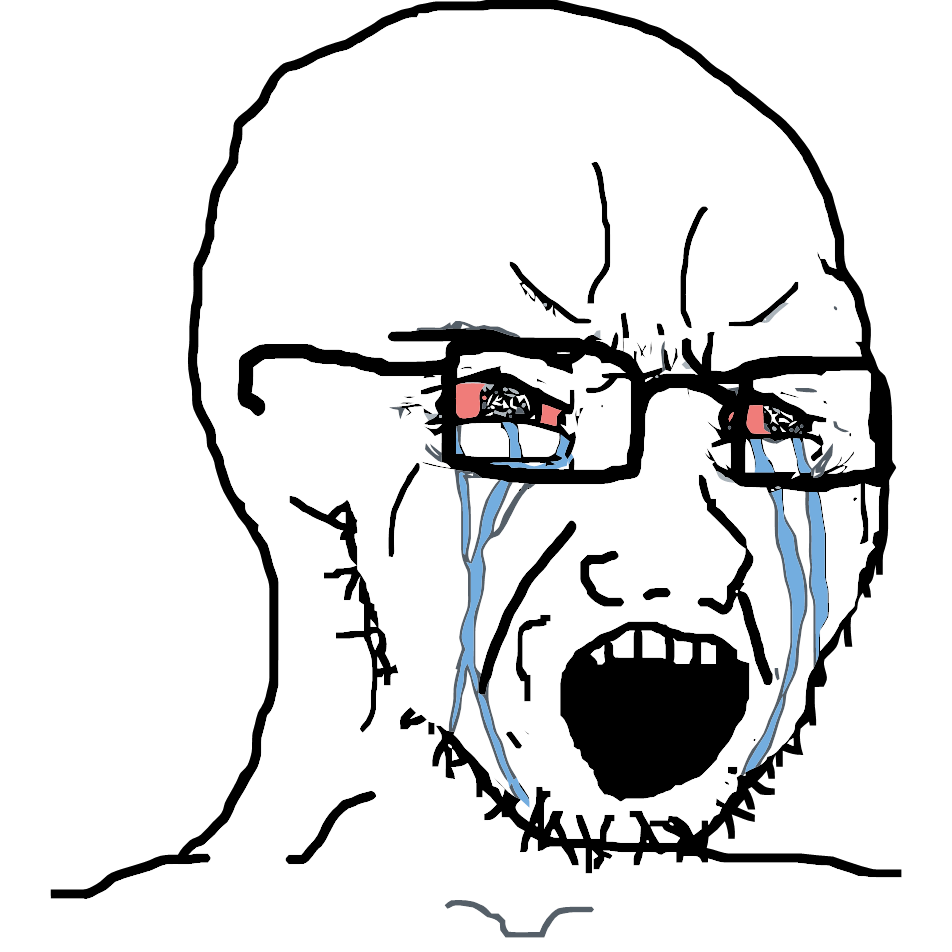The slide’s authenticity was confirmed by a Navy spokesperson, who cautioned that it was not meant to be an in-depth analysis.
The slide shows that Chinese shipyards have a capacity of about 23.2 million tons compared to less than 100,000 tons in the U.S., making Chinese shipbuilding capacity more than 232 times greater than that of the U.S.
The slide also shows the “battle force composition” of the countries’ two navies side-by-side, which includes “combatant ships, submarines, mine warfare ships, major amphibious ships, and large combat support auxiliary ships.” The ONI estimated that China had 355 such naval vessels in 2020 while the U.S. had 296. The disparity is expected to continue to grow every five years until 2035, when China will have an estimated 475 naval ships compared to 305-317 U.S. ships.
Another section of the slide provides an estimate on the percentage each country allocates to naval production in its shipyards, with China garnering roughly 70% of its shipbuilding revenue from naval production, compared to about 95% of American shipbuilding revenue.
Because of China’s centrally planned economy, the country is able to control labor costs and provide subsidies to its shipbuilding infrastructure, allowing the Chinese to outbid most competitors around the world and dominate the commercial shipping industry, Sadler said.
Alternative title - “Central planning is more efficient than markets” confirms US Navy


Markets might be good at ‘discovery’-- they’ll try to generate more distinct options in the attempt to find a new niche or competitive edge.
The military generally doesn’t usually want that. Fleets of uniform ships promote economies of scale and interchangeability, and a clear migration process.
Markets aren’t actually good at discovery. They’re good at diversity.
What I mean by that is they’re not actually innovative like the capitalists like to claim, almost all real innovation comes from state invested research and scientific efforts, not markets. What markets are REALLY good at is taking a product that already exists and making 5000 different variants of that same product for niche purposes. We have 40 different hatchback cars that all essentially serve the same purpose but appeal to different people in very small different ways for example. This is what markets do extremely well, much better than centralisation in fact.
What they don’t do well is risk taking, because capitalists seek to minimise risk. This is why they don’t actually innovate.
“BuT capItAliSts TaKe alL tHe RIsk”
But have you considered that most militaries don’t even want to own capabilities? That’s why we’re offering subscriptions with tiered pricing so you can get exactly the capabilities you want without over paying. Consider whether you need auto targeting and whether Raytheon PremiumPlus is the right tier for you!